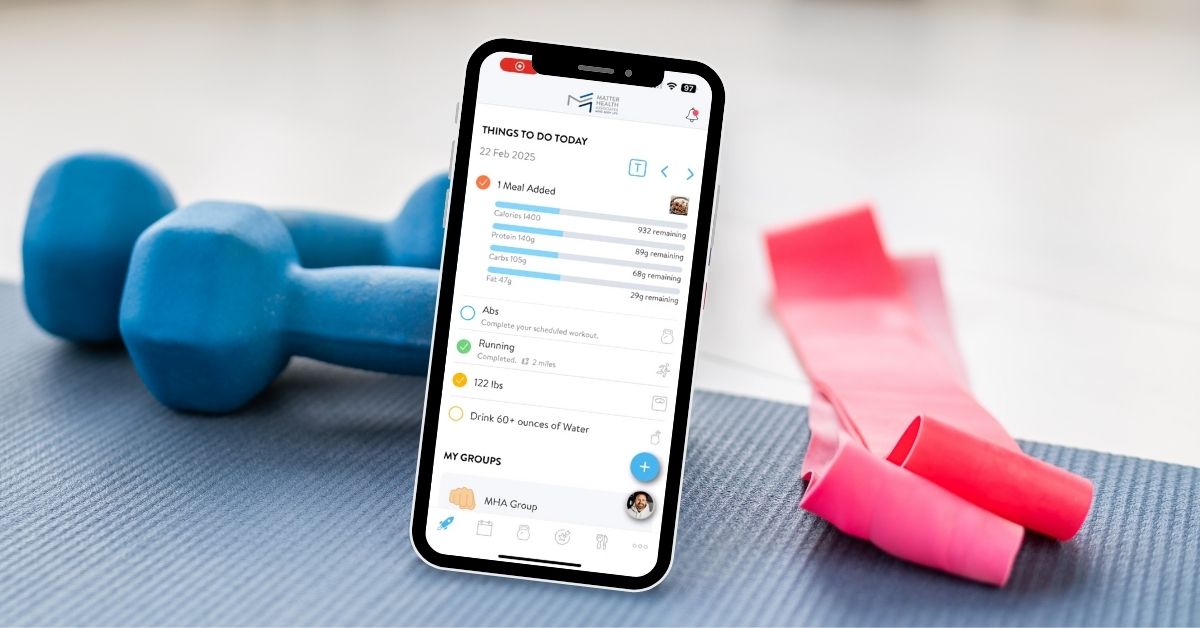It is imperative to know that there are only two kinds of exercise you can perform. The first exercise is the type that makes you feel back to normal when you are just not feeling yourself, low on energy, or feeling stressed and down. The other exercise is that type we wish we could always engage in, and that is the exercise that advances you. The fact is that you will never be able to eliminate stress, and instead, you need to learn to be dynamic with your exercise patterns. This single handedly is the biggest problem with people who try to follow a written workout plan simply because they are not aware of the current state their body is in.
For instance, if you are doing an exercise plan that increases repetitions and sets progressively from week-to-week, you may see some amazing changes in the first three weeks. Let’s say some major stress comes in your life in week 4 resulting in workouts that feel totally off, and you feel weak. This will make people feel they went backwards and discourages them from continuing to work out. The fact of the matter is that one good workout won’t make you, and one bad workout won’t break you. Stress will attack energy systems, which is very temporary, but makes us feel like we lost all our strength.
The key to combating being lost in this confusion is to self-identify what specific state your body is in for that particular workout day. Once you understand if you have good or bad energy going into the workout, it allows you to identify the type of exercise you need. Sweating, heart rate, breathing, and mind will all be actively engaged when you are feeling right. If you try to exercise hard on a day your body won’t let you, it maybe counter intuitive to what you are trying to do in comprehensive health.
Stress will always be the leading toxin in anyone’s life and should be one of the first factors addressed in anyone’s health profile. Stress consistently comes in and out of our lives in more than one way. The profound effects stress creates in the human body comes in many shapes, sizes, and forms. Understanding and identifying all the stresses in your life, as well as how you usually deal with stress, is crucial when starting to understand exercise prescription.
Is it good to go for a run when you are stressed? The usual answer is yes; however, people deal with stress in different ways. First, it’s important to diagnose your stress and understand whether or not your body has ailments from stress. The usual part that people struggle with is that exercise is supposed to be a celebration of what your body can do, not a punishment for what you did wrong. For example, if you had a really bad day, or ate and hydrated poorly, you shouldn’t punish yourself in exercise. Sometimes that simple walk for 30 minutes will beat your 2-hour run when your brain isn’t feeling right. This is a hard concept to grasp for people who live that lifestyle because in that moment, the pounding of the joints on concreate while running and intensity of high heart rate is such an adrenaline rush to that addicted stress runner.
According to American Psychological Association (APA), there are 3 different types stress — acute stress, episodic acute stress, and chronic stress. The 3 types of stress each have their own characteristics, symptoms, duration, and treatment approaches. Personality types and behavior reactions are also relative from person to person, so we must understand how we are dealing with stress. For example, there are many different levels and variations of stress that come and go. Exercise has the ability to eliminate acute and episodic stress in the short term providing that reset button we often need. On the other hand, chronic stress can secure a body in an incredibly protected state where an intense exercise session could technically make it worse. This results in slowing metabolism down leaving the body in a more protected, unbalanced state. Consequently, stress can be a good thing if it is understood and embraced in a positive, controlled manner. Exercise is a stress, and of course, it is labeled as a good thing.
Understanding how our bodies and brains respond when we are stressed is the first order of business to understand how we need to exercise. In most cases, exercise has shown that it is good for stress and depression relief. The question is, where do we draw the line of intensity with how we need to exercise when stressed?
Ultimately, the best way to know when and how to exercise is understanding how you truly feel. If your body is dealing with a lengthy, chronic state of stress, the first action you should take is seek a doctor or therapist for advice. Starting to exercise with a potentially damaged or overstimulated body is dangerous. This is not to be confused by suggesting a person can’t exercise, rather advising a less intense approach such as walking or biking in short bursts.
Furthermore, exercise for acute stress is usually incredibly beneficial. In fact, the less we are in a non-stressed state, the better workouts we can have. The body was made for fight or flight but not all day every day. Understanding your heart rate, hormonal, and endocrine systems, as well as how they function when you deal with everyday stress, all factor into energy usage throughout the day. In a dream world, exercise would get all the focus on energy through a day’s time.
The fact is, the less stressed we are, the better workouts we will consistently have. In the famous bodybuilding movie Pumping Iron starring Arnold Schwarzenegger, he said that if someone stole and wrecked his car it wouldn’t bother him, the fact that his father died three weeks before his competition, and he didn’t have time to address it or even go to his funeral. As inhumane as that sounds accompanied with much denial, Arnold was stating that he didn’t deal with stress at that time in his life because all his focus was solely on his training. In contrast, most humans don’t think so selfishly in their exercise training, nor should they. Not to worry about someone stealing your car or a loved one passing away is very impractical. To illustrate further, however, stress does have an impact on your training and must be considered in your everyday fitness plan.
As frustrating as stress can be, it’s a part of life we can’t escape. It’s also important to know that stress usually has an end date; as they say, “Tough times don’t last, but tough people do.” To embrace stress and learn to combat it will always be the key to survival. As easy as this sounds, it is about as far from easy as anyone can fathom. What makes life beautiful is conquering true adversity in our lives when stress gets challenging.








